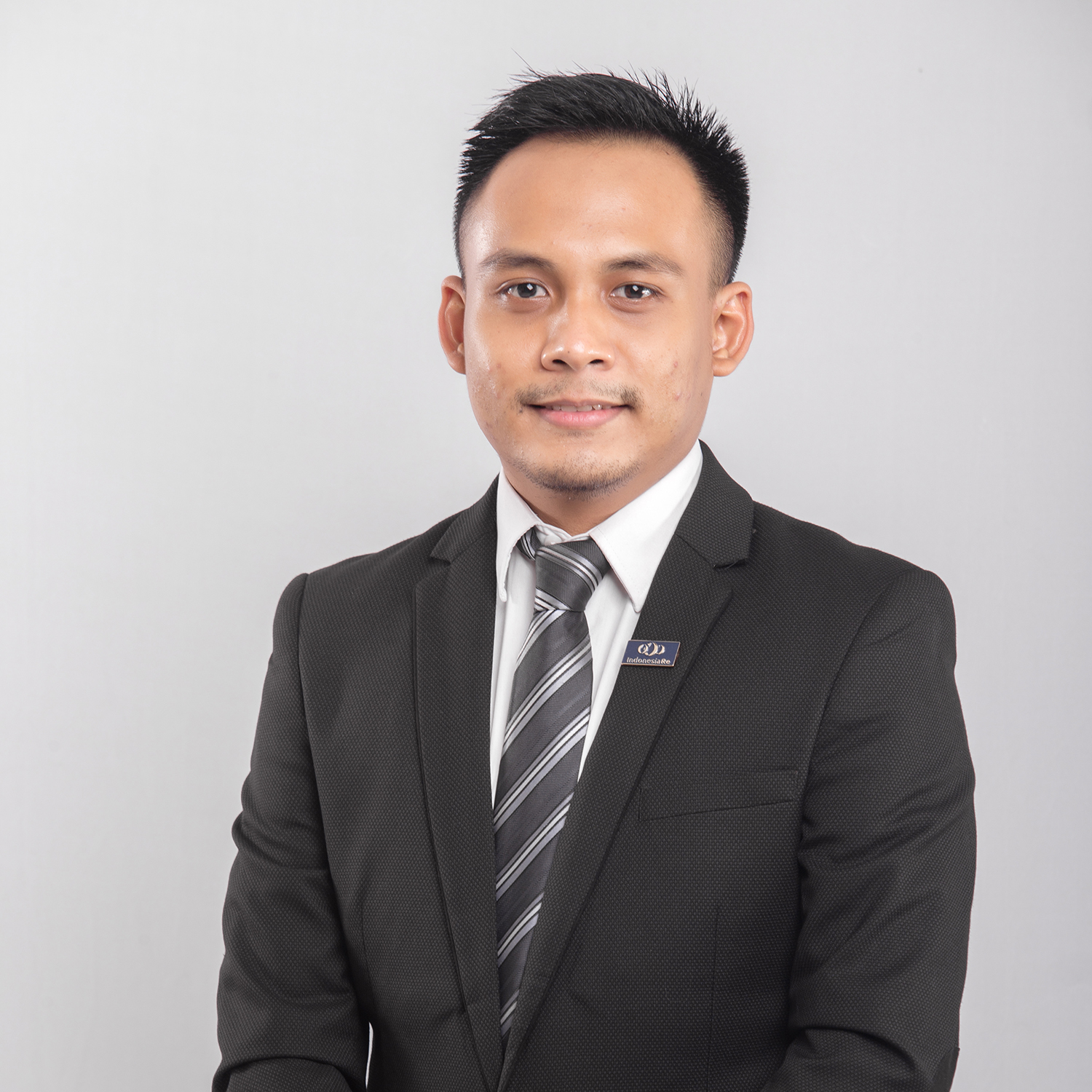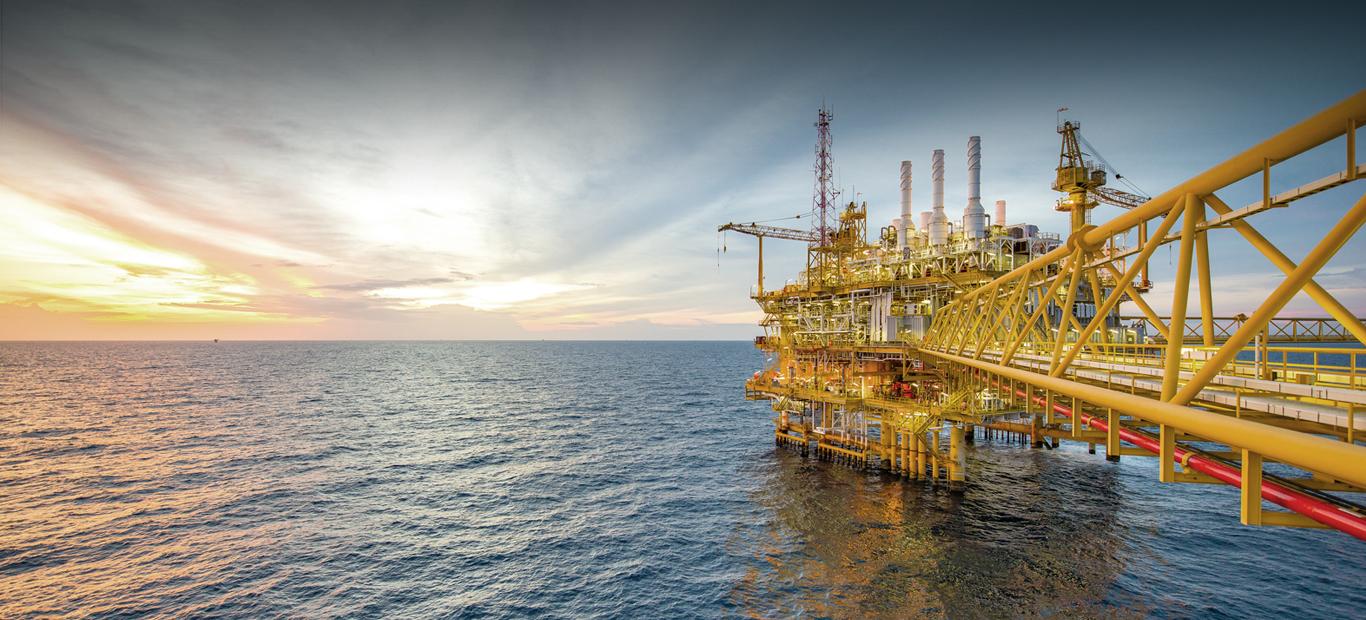Upstream Oil and Gas Business: Introduction & Governance of Oil and Gas
Preface
According to The 1945 Constitution article 33, it is stated that the natural resources contained in Indonesia are controlled by the state and utilized for the welfare of its people. But the question is whether the state is able to manage and utilize its natural resources?
There are 2 essence of upstream oil and gas activities: exploration and exploitation activities. Meanwhile, downstream activities are more complex in scope including refinery/ refining, storage/ storage, sales and distribution of oil and gas products to direct household activities. What are the steps a corporation should go through if it wants to get a license in upstream oil and gas business if oil and gas is the states’ property?
There are about 5 stages to run the upstream oil and gas business:
-
Obtain work areas from related institutions
-
Exploration and study activities (technical & economic)
-
Develop and construct facilities
-
Extraction, exploitation and maintenance activities
-
Closure of facilities or better known as control of well
* number 3 & 4 is the transition from exploration to exploitation activities
At the initial stage, there is such a thing as achieving a work area. What does that mean? There are several ideas in this world related to the management of Oil and Gas Natural Resources:
-
State Property (state owned)
-
Private Property (privately owned)
-
Communal Property (owned by the surrounding community)
-
No-Property (owned by everyone)
While all of the ideas are highly dependent on the state regulation adopted by a country, then can we say, if the understanding of a country has the impression of being state property, but there are companies that want to manage by means of private property? The answer may be, because the upstream oil and gas business is a high-risk business. One of them is exploration risk, which is usually measured by the indicator of the success ratio of exploration, its ratio is the ratio of exploration success to the number of exploration carried out by a country in a year.
Exploration activities require a huge investment, it needs the best professionals, the most advanced technology starting from the stages of geological studies, planning, economic analysis to exploration drilling. Therefore, in 2010 the Government issued Government Regulation 79 Year 2010 regarding the calculation of refundable oil and gas operating costs plus tax incentives for oil and gas business actors to increase domestic oil and gas investment.
I.1 Assessing Upstream Oil and Gas Performance
I.1.1 Exploration Success Ratio
The ratio of exploration success fluctuates every year depending on the number of exploration activities and the number of wells whose oil reserves are proven. From 2001 to 2016 the average exploration success ratio in Indonesia was 56%, this also indicates the level of ease of finding oil and gas reserves in Indonesia.
I.1.2 Comparison of Exploration Success Ratio and Cost
.jpg)
As a complement to considerations, costs need to be attached to investors in determining their business strategy. In 2017, the stretch to make exploration investment was 2 times higher than that done in 2018 even though if seen from the “success ratio” it was smaller, plus the exploration costs incurred by investors in 2017 were higher. Long-term legal certainty is said to be an obstacle to investment in the oil and gas sector, so far in Indonesia all exploration costs are the responsibility of the investor (both using gross split or cost recovery).
I.1.3 Lifting Performance
There are 2 reasons why lifting is used as a measurement:
- The amount of lifting indicates the amount of activity in an oil and gas field
- Oil and gas lifting has a direct impact on tax revenue
In the future, if there are no new exploration activities, then the application of technology can be used as a way out, one of the most popular is Enhancement Oil Recovery (EOR), which is the drainage of oil and gas wells using artificial lifting.
I.1.4 Replacement Lifting Ratio (RRR)
Replacement Lifting Ratio (RRR) shows how much oil and gas extraction can be replaced with new oil and gas discoveries. In fact, in Indonesia, in the last 5 years, the value of the Replacement Lifting Ratio (RRR) is less than 50%, which is a lot compared to neighbouring countries such as Vietnam, Malaysia, Australia and India which have a Replacement Lifting Ratio (RRR) index of more than 50%.
I.1.5 Investment
Basically there is a definite formula in the upstream oil and gas world where large investments must be accompanied by an increase in oil and gas extraction, or to make it easier it can be seen from oil and gas sales. When the sales of oil and gas have increased, it means that there is an additional investment in the “working area” or the oil and gas field. The peak of oil and gas investment in Indonesia itself occurred in 2013, and vice versa, the sharpest decline has occurred from 2016 to the present. According to the model, oil and gas investment is divided into only 2 types:
- Investing in “working areas” or old oil and gas fields
- Investing in new “working areas” or new oil and gas fields.
II. Oil and Gas Governance
Oil and gas governance is a series of processes, policies, rules, and work methods as well as work relations between institutions that are intended to determine the direction and objectives of oil and gas management in Indonesia. For the case in Indonesia itself, there are levels for upstream oil and gas management in accordance with the applicable laws and regulations that include:
The 1945 Constitution Article 33 Paragraph 2-3
"Production branches that are important to the country and which affect people's lives
is controlled by the state."
"Earth, water and natural resources contained therein are controlled by the state and
to be used for the greatest prosperity of the people."
Public policy? Oil and Gas Law 2001
The plan to revise this law has existed since 2010, but its realization only started to be discussed in 2018 and is still in place to this day. One of the topics that became the topic of discussion was the formation of a Special Oil and Gas Business Entity (BUK), where SKK Migas which focuses on upstream activities will be merged with BPH Migas which deals more with downstream activities. A long debate is still ongoing between the Government and the DPR, where the Government still wants a separation between the upstream and downstream regulators.
Implementation Policy? PP, Perpres, Permen, etc.
Operational and technical regulations must also be considered to regulate main matters and principles in oil and gas exploitation, such as: Government Regulations (PP), Presidential Regulations (Perpres), and Ministerial Regulations (Permen).
Following is the Ministerial Regulation & Ministerial Decree regarding oil and gas management:
-
Permen ESDM Nomor 15 Tahun 2015 tentang Pengelolaan WK yang berakhir kontraknya
-
Permen ESDM Nomor 5 Tahun 2012 tentang Tata Cara Penetapan & Penawaran WK Migas Nonkonvensional
-
Permen ESDM Nomor 35 Tahun 2008 tentang Tata Cara Penetapan Wilayah Kerja Migas
-
Permen ESDM Nomor 22 Tahun 2008 tentang Jenis Biaya yang Tidak Dapat Dikembalikan
-
Permen ESDM Nomor 3 Tahun 2008 tentang Pedoman Pengembalian Wilayah Kerja
-
Permen ESDM Nomor 2 Tahun 2008 tentang DMO Kontraktor KKS
-
Permen ESDM Nomor 28 Tahun 2006 tentang Pedoman Survei Umum
There is also a Ministerial Decree & Minister of Finance to support this upstream oil and gas business:
-
Permen Nomor 34/PMK.03/2018 tentang Pedoman Pelaksanaan Pemeriksaan untuk Bentuk Kontrak Bagi Hasil dengan Biaya Operasi
-
Permen Nomor 70/PMK.03/2015 tentang Tata Cara Penyetoran dan Pelaporan Penerimaan Negara serta Perhitungan Pajak Penghasilan dari Kegiatan Hulu Migas.
-
Permen Nomor 124/PMK.02/2016 tentang Petunjuk Teknis Akuntansi Penerimaan Negara Bukan Pajak dari Kegiatan Hulu Migas
-
Permen Nomor 131/PMK.03/2017 tentang Tata Usaha PBB Sektor Pertambangan Migas
-
Permen Nomor 158/PMK.02/2016 tentang Tata Cara Pembayaran PPN atas Barang Mewah
Oil and Gas Natural Resources Management Model
Oil and gas management models vary widely, but in general they can be grouped into two forms, the permit model and the cooperation model. The oil and gas management model also depends on the Oil and Gas Law which is “adopted” by a country and then applied with a cooperation contract model or other forms that are more profitable for the country, the latest model that will be applied in Indonesia regarding oil and gas management refers to the Minister of Energy and Mineral Resources Regulation Number 8 of 2017 concerning Gross Split Scheme.
II.1 Supervision and Control
.jpg)
The scheme above is an oil and gas business model in Indonesia, we can find out the character of each model by how to monitor the state as the owner of natural wealth. For the permit model, the government usually gives full authority to the oil and gas contractor to regulate itself and the government will "tax" the company from the royalties and taxes that have been regulated in the contract. Meanwhile, for the work contract model, the role of supervision from the state will be greater because it is considered the owner of "wealth" and later state revenue will be obtained from revenue or profit sharing.
The Oil and Gas Law of 2001 is an expression of the 1998 reform, back when we were still adhering to Law Number 8 of 1971 where Pertamina dominated the entire oil and gas business chain. Today, Pertamina's authority is limited.
.jpg)
.jpg)
Business schemes according to Law no. 22 of 2001 lasted more than 10 years until 2012 were around 10 Islamic organizations plus 32 community representatives led by Prof. Din Syamsudin at the time who proposed amendments to the Law to the Constitutional Court because it was considered that BP Migas' authority was equivalent to that of the state so that the supervisory function would be difficult to practice, so the Constitutional Lawyer at that time issued the Constitutional Court decision No. 36/PUU-X/2012, which essentially holds 2 things:
1. Change the existence of BP Migas into SKK Migas through Presidential Decree No. 3 of 2013
2. Change the position of SKK Migas to be under the Ministry of Energy and Mineral Resources
Until finally the level of oil and gas governance became:
.jpg)
From the new level of governance, there are several alternative schemes that may be applied, such as:
Alternatif 1
.jpg)
Alternatif 2
.jpg)
Alternatif 3
.jpg)
If we consider the three alternatives above, there are pluses and minuses in each choice, though what is clear is that the government as the owner of natural resource wealth must take into account risks, the amount of capital owned, global conditions, and most importantly regulations (starting from laws to operational regulations).
Bibliography
Pudyantoro, A. Rinto. 2019. Bisnis Hulu Migas. Jakarta: Gramedia Pustaka Utama.
Author





 9835
9835



 02 Jan 2020
02 Jan 2020 14586 kali
14586 kali





